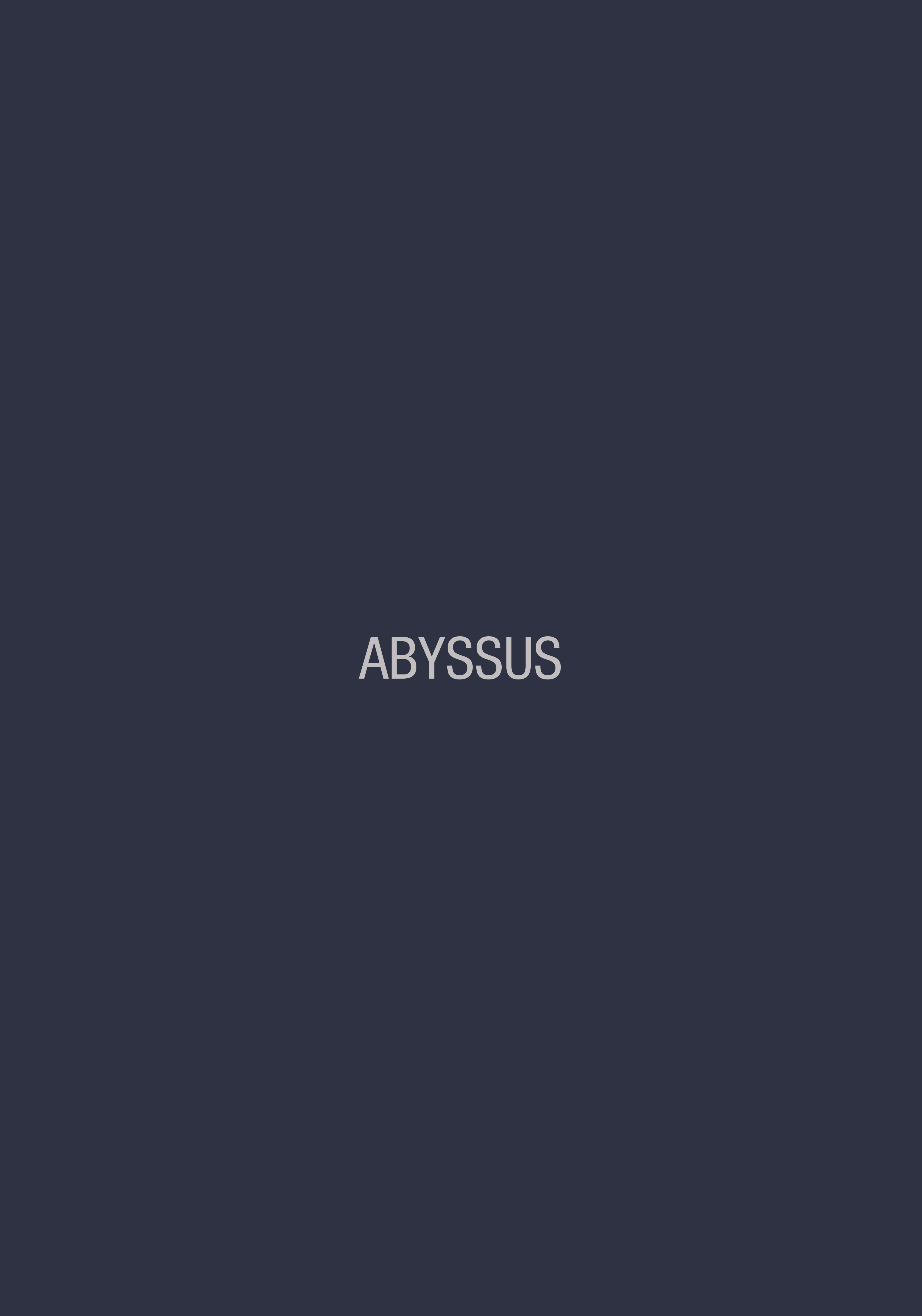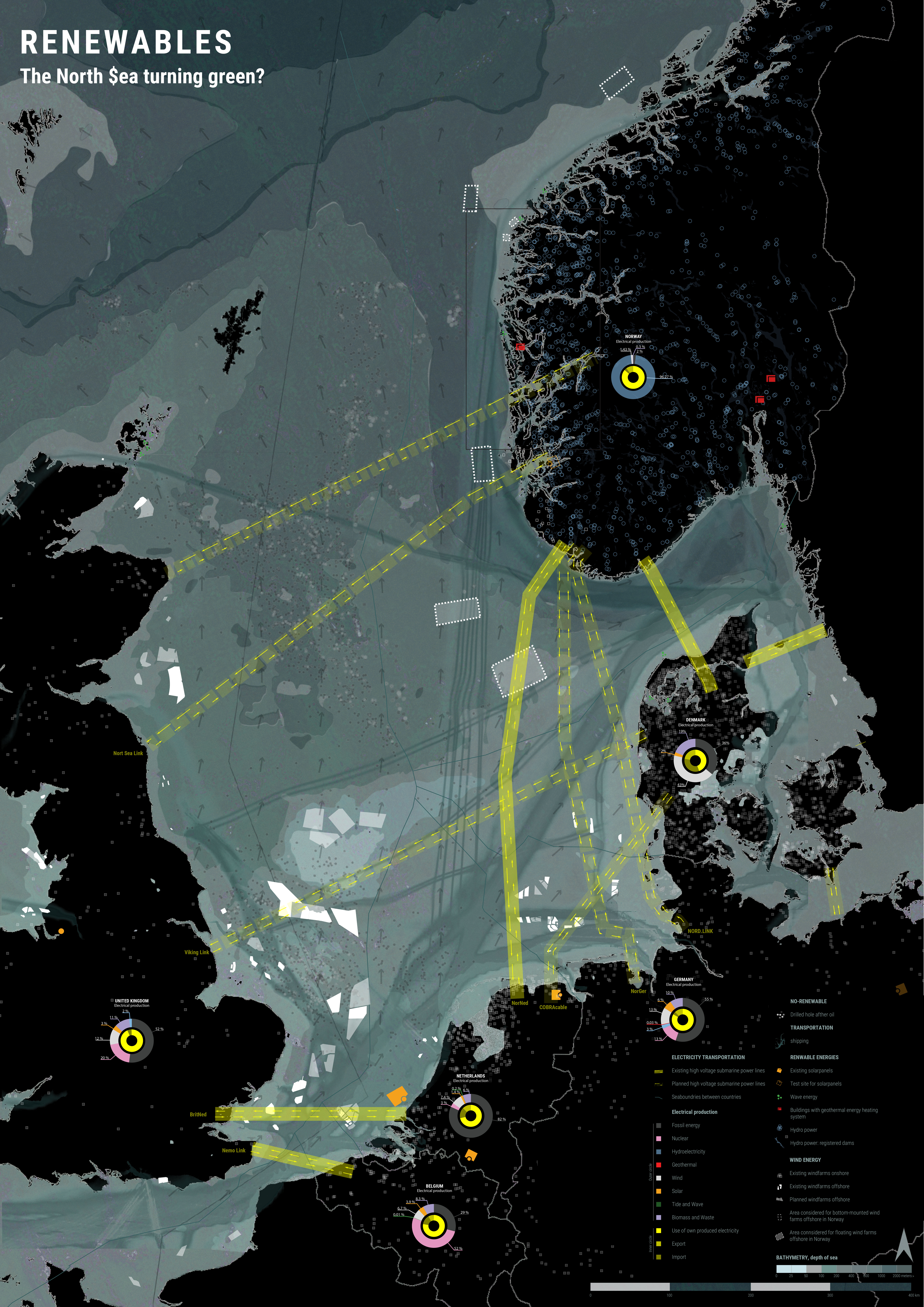Blueprint 1
Used in reference to guides and plans - a blueprint can help you figure out what to do.
Originally a blueprint was a reproduction of a technical drawing using a contact print process on light-sensitive sheets. Introduced by Sir John Herschel in 1842, the process allowed rapid and accurate production of an unlimited number of copies. When an architect wanted to explain how to make something, he provides a blueprint. The machines were enormous, with a huge roll of paper at one end, where the original was placed against it and passed over a strong light, then run through a developer bath and dried over a heated roller, and fed out the other end and hand-cut by a technician with huge, sharp scissors. The blueprinting technology was phased out in the 1970s.
However we would like to open up the term, to use it as new way to examine something. A blueprint can be a prototype- something to follow, something to play around with.
Blueprint 1 is the result of an investigation into the five maritime industries most vital to the Bergen economy but with an unaccounted impact on the ocean: shipping, oil & gas, renewables, fishing, tourism. The Blueprints have a tabloid newspaper format, conceived to potentially provide a “brief” on local maritime relations to artists invited to Bergen Kunsthall in 2021 for the Exhibition “Bergen and the Ocean”. The blueprints each developed a distinct layout and graphic language according to their chosen message. Each contains a historical timeline, an explanation of production chains, spatial and ecological footprints, interviews, case-studies and cover-ups, or accidents or invisibles that constitute the degradation of ocean life and infringement on the ocean commons.




